#French Coronation
Explore tagged Tumblr posts
Text

Napoleon Planning his Coronation by Jehan Georges Vibert
#jehan georges vibert#art#napoléon bonaparte#napoleon bonaparte#joséphine de beauharnais#joséphine bonaparte#pope pius vii#coronation#palace#figurines#planning#napoleonic#french#france#josephine bonaparte#interior#interiors#history#europe#european#napoleon#napoléon#bonaparte#cardinal#cardinals#hussar
206 notes
·
View notes
Text

Napoleon in Coronation Robes by Francois Gerard, 1805.
#classic art#painting#francois gerard#french artist#19th century#portrait#male portrait#indoor portrait#napoleon bonaparte#bonaparte#emperor#coronation robes#chair
101 notes
·
View notes
Text


Randomly remembered about Murat's cuteness in The Coronation of Napoleon. It's just me or he's kinda smiling?
#he even has pink cheeks#like can we just talk about it?#proudly supporting his little bro-in-law#you're doing amazing sweetie#joachim murat#murat#napoleon#napoleon bonaparte#napoleonic era#napoleonic#napoleon's coronation#the coronation of napoleon by david#painting#murat portrait#portrait#historical portrait#first french empire#history#art#french empire
110 notes
·
View notes
Text

14 November 2024









#marie antoinette#diamond necklace#queen marie antoinette#french queen#france#sotheby's#historical jewelry#guillotine#king louie XVI#french revolution#1700s#18th century#affair of the diamond necklace#scandal#jeanne de la motte#bond street#marquess of anglesey#anglesey family#coronation 1937#coronation 1953#queen elizabeth ll#king george VI#french history#history
20 notes
·
View notes
Text
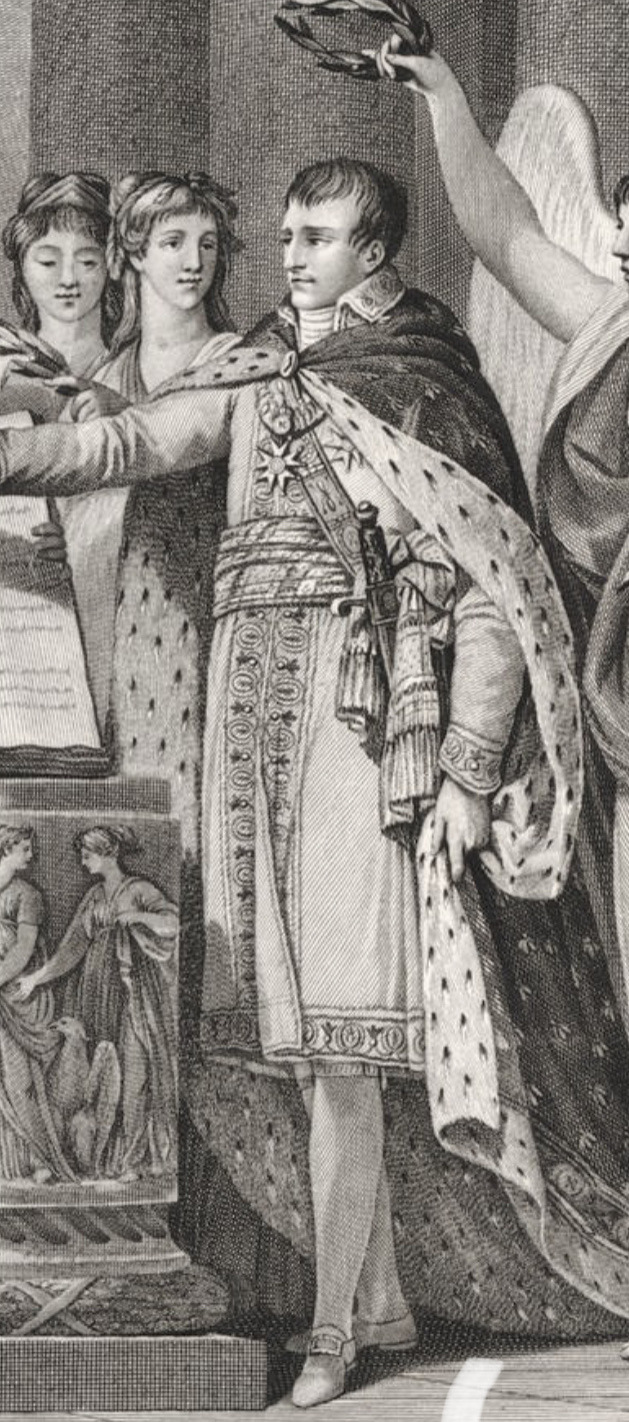
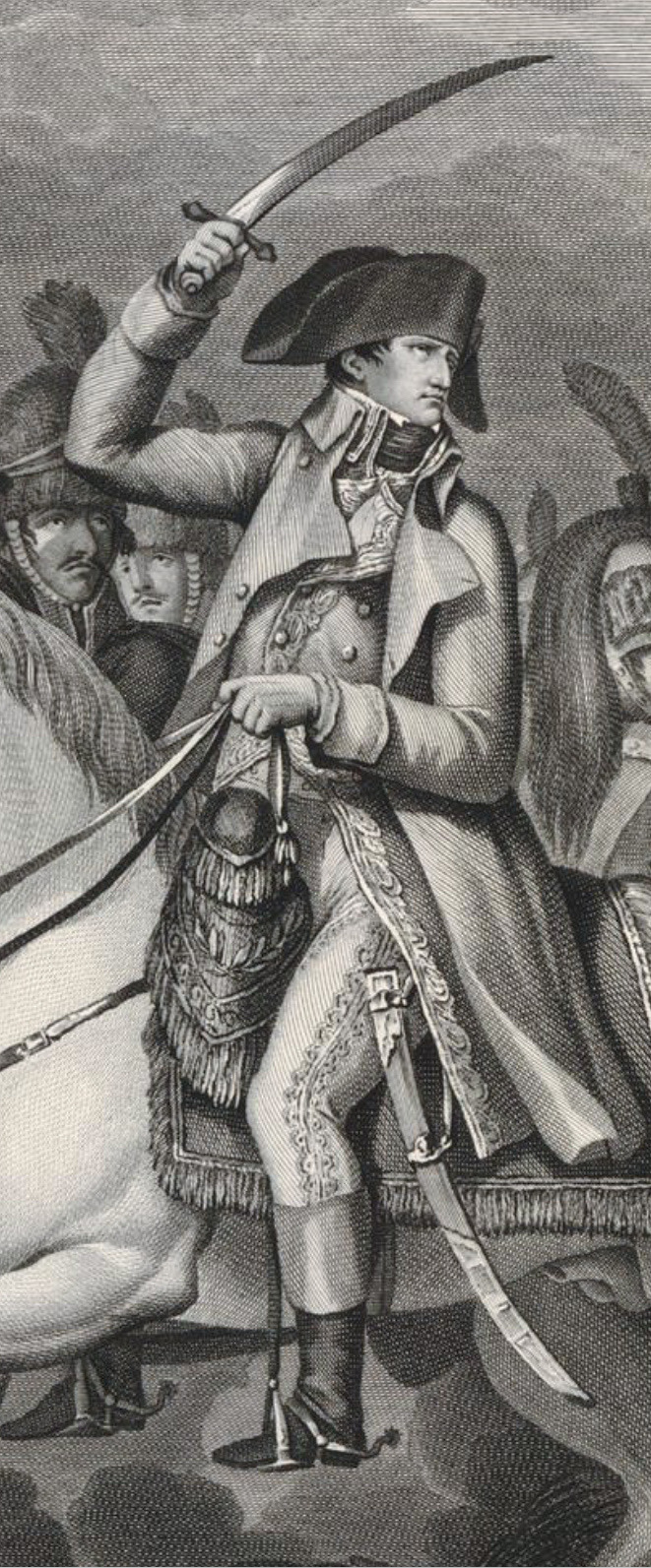
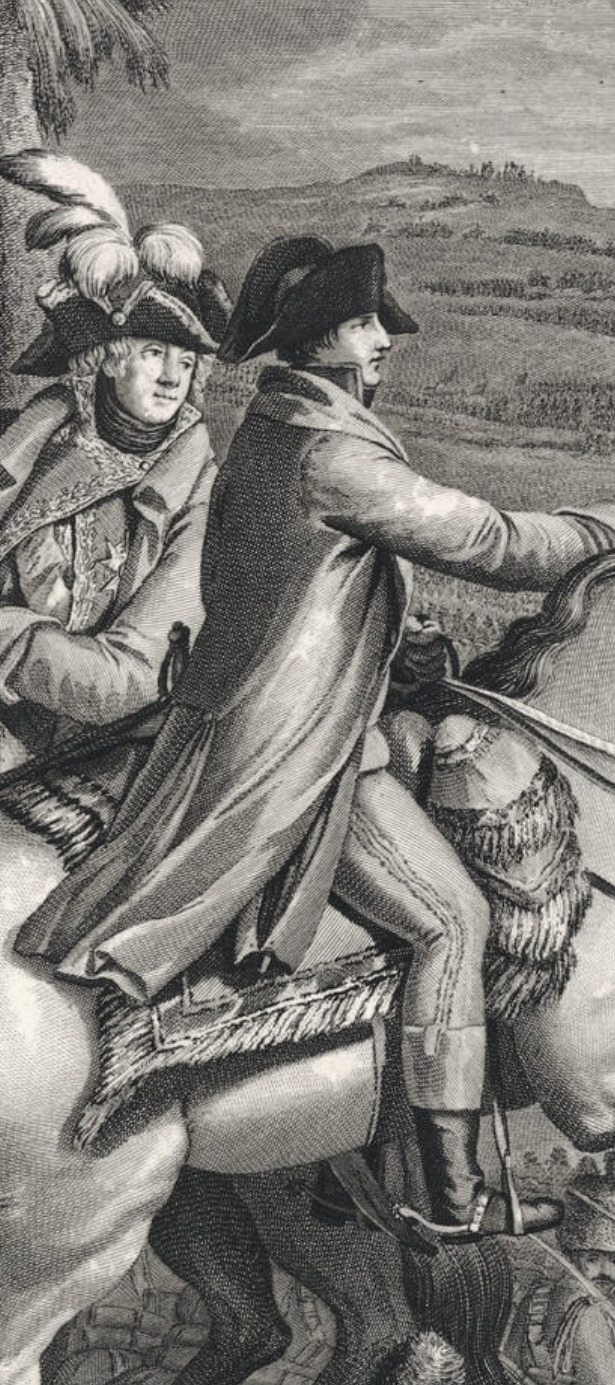
Prints of Napoleon from 1806, by François Anne David.
François Anne David was a French Printmaker born in 1741 and died on April 2, 1824.
Allegory of Napoleon’s Coronation, 1806
Napoleon at the battle of Marengo, 1806
Napoleon at the battle of Austerlitz, 1806
#François Anne David#David#Allegory of Napoleon’s Coronation#Marengo#coronation#Austerlitz#napoleon#napoleonic era#napoleon bonaparte#napoleonic#first french empire#french empire#prints#French#french history#France#printmaking#19th century#history#1800s
61 notes
·
View notes
Text

Napoleon and Josephine.
#empire français#french empire#coronation robes#costume de sacre#napoleon#napoleon i#empereur#bonaparte#maison bonaparte#buonaparte#josephine de beauharnais#beauharnais
17 notes
·
View notes
Text
Regency Era Court Dress

The dress and train are presented on separate manequins for conservation reasons.
This dress and its train (known in French as a queue de cour) were worn by the wife of the Conseiller d’Etat, Jean Bérenger (1767-1850) (Comte de l’Empire in 1808), during the ceremony of the coronation of Napoleon I. The dress is in ivory silk, delicately embroidered with silver and gold thread. On the shoulders there are small embroideries in ivory tulle. The train is made of scarlet velvet silk with a lining of white satin.

Embroidered detail of the train

#fashion history#costume history#early 19th century fashion#historic dresses#coronation dress#empire fashion history#napoleon coronation#french fashion history
12 notes
·
View notes
Text

The Coronation of Queen Victoria 28 June 1838. The Queen Leaving Westminster Abbey
Artist: Camille-Joseph-Etienne Roqueplan (French, 1800-55)
Date: c. 1838-1855
Medium: Oil on Canvas with Traces of Pencil
Collection: Royal Collection Trust
Description
This oil sketch depicts the closing moments of the Coronation ceremony. Queen Victoria is crowned and is carrying the Orb and Sceptre with the Cross, and is leaving Westminster Abbey followed by a procession of her Maids of Honour and courtiers.
#oil on canvas#european#painting#camille roqueplan#french painter#coronation#queen victoria#19th century#westminster abby#19th century painting#people#queen of england#english monarchy#english culture
5 notes
·
View notes
Text
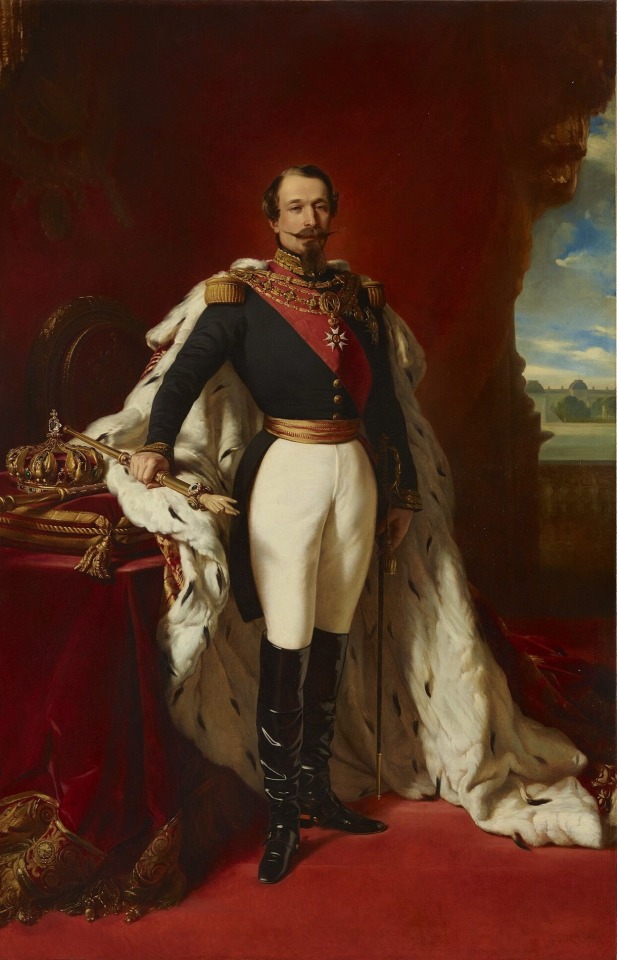
Portrait of Napoleon III, Emperor of the French, in Coronation Robes. After Franz Xaver Winterhalter.
#franz xaver winterhalter#coronation robes#napoleon iii#empereur#maison bonaparte#buonaparte#bonaparte#dynastie bonapsrte#official portrait#costume de sacre#full length portrait#empire français#french empire#full-length portrait
29 notes
·
View notes
Text

Coronation of King George V and Queen Mary in the Westminster Abbey
French vintage postcard
#photo#ansichtskarte#westminster#george#postal#postkaart#sepia#french#coronation#tarjeta#ephemera#photography#carte postale#abbey#king#historic#queen#mary#briefkaart#postcard#vintage#postkarte
3 notes
·
View notes
Text
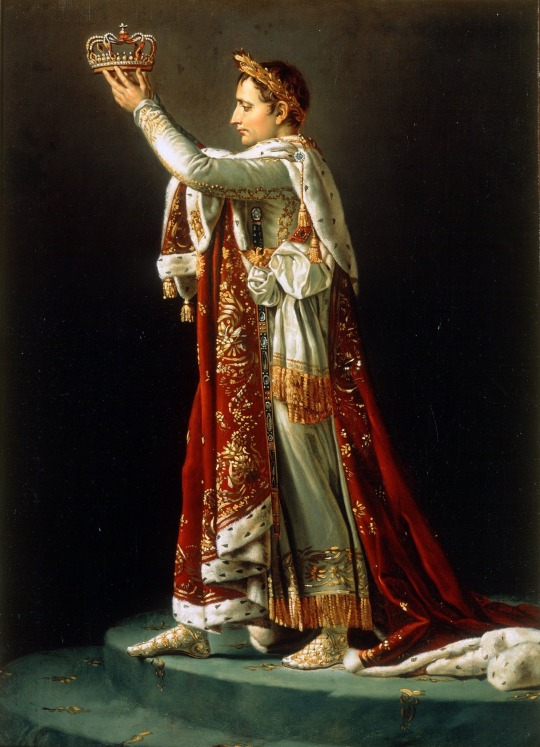
Portrait of Napoléon from David’s "Coronation of the Emperor and the Empress"
by Jacques-Louis David
#napoléon bonaparte#napoleon bonaparte#coronation#art#jacques louis david#emperor#empress#history#france#french#napoleon#bonaparte#napoleonic#french republic#french empire#europe#european#royal#robes#crown#wreath#laurel wreath#consecration#golden laurel#majesty#majestic#coronation robe#empress josephine#emperor napoleon i#golden
386 notes
·
View notes
Text
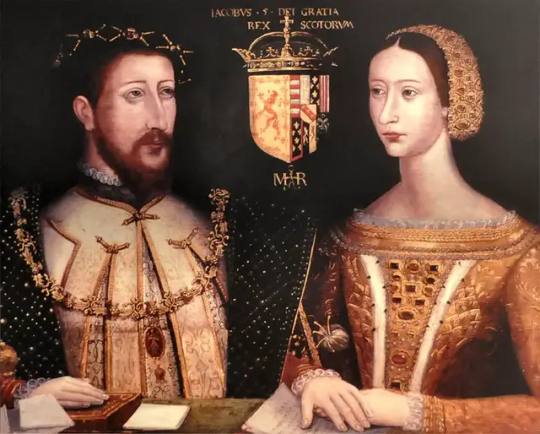
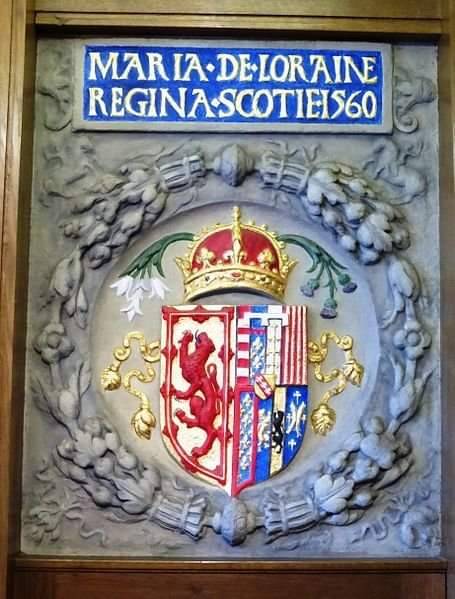

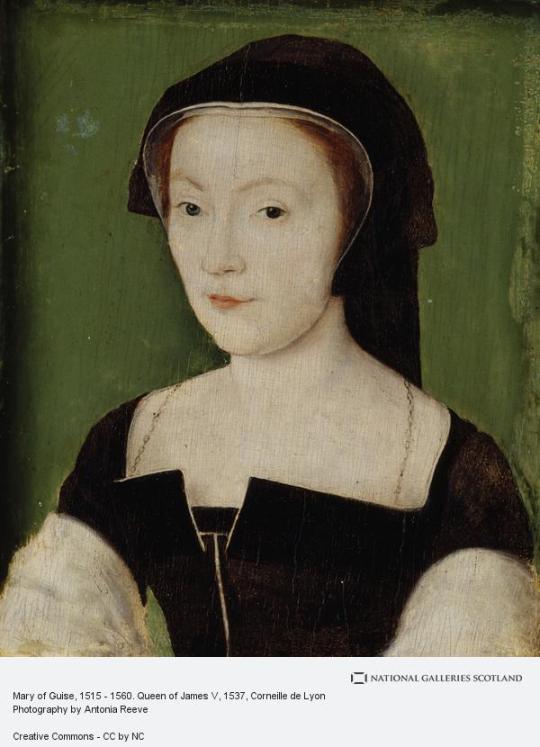

22nd February 1540 saw Marie de Guise crowned Queen Consort of Scotland at Holyrood Abbey in Edinburgh.
James V’s first French bride, Madeleine of Valois, died in the summer of 1537. James had travelled to France to meet his first bride Madeleine but also had the opportunity to meet Mary of Guise. It was reported that Mary of Guise was second in his affections.
Mary avoided the marriage to James’s maternal uncle Henry VIII and went on in May 1538 to marry James by proxy in Paris, and later married him in person after her arrival in Scotland. Mary brought with her a dowry given by Francis I of France, father of James V’s first bride, and it was large enough to be of the same value as a French princess.
Of Mary of Guise, Margaret Tudor, the King’s mother, wrote to her brother Henry VIII, “I trust she will prove a wise Princess. I have been much in her company, and she bears herself very honourably to me, with very good entertaining.” Mary lefte behind her three-year-old son, who was now the Duke of Longueville, the half brother of the future Mary Queen of Scots, in the care of her mother, Antoinette de Bourbon
Mary’s coronation happened on this day 1540. She was pregnant at the time with her first son by King James.
A new crown was made for the occasion, which was set to take place in Holyrood Abbey. Ladies were summoned from all over Scotland to attend. The abbey was hung with tapestries, and items moved for the occasion from the Holyrood Palace chapel to Holyrood Abbey. A thirty-gun salute marked the occasion, and fireworks were lit at the other end of the Royal Mile up the hill at Edinburgh Castle. Mary used a gilded sceptre for the coronation, too.
Mary had a second son in 1541 with James V, and tragically, both of her sons died on the 21st April 1541, the elder boy being not quite a year and the younger being only a few days old.
Mary of Guise was Queen Consort of Scotland for less than five years before her husband died after the Battle of Solway Moss. This famously left the couple’s six-day-old daughter, Mary, as Queen of Scots. Mary of Guise had the Queen of Scots smuggled out of Scotland and to France when the child was about five years old.
Mary of Guise served as regent for her daughter from 1554 until 1560, while the Queen of Scots was being raised at the French court,
She passed away in 1560 and her body was returned to France and given to her sister Renee, abbess of the the church of Saint-Pierre-les-Dames, Reims, where she was interred in July 1561. A marble tomb was erected with a bronze statue of Mary, in royal robes, holding a sceptre and the rod of justice in one hand.
The tomb was destroyed during the French revolution.
19 notes
·
View notes
Text

Josephine in Coronation Costume by Francois Gerard, 1807-1808.
#classic art#painting#francois gerard#french artist#19th century#portrait#female portrait#indoor portrait#josephine de beauharnais#josephine bonaparte#bonaparte#empress#coronation robes#white dress#chair
28 notes
·
View notes
Text
"...The rise of royal bureaucracy and organized jurisprudence from the eleventh century was transforming formal government operations into a male preserve. At the same time, the Policraticus by […] John of Salisbury gave the body politic its classic medieval formulation as patterned on the human body. Morphological analogy exemplified an ideal cooperation among that body's members, but no function John detailed administrative, military, conciliar, or ecclesiastical-nor any bodily member to which these functions corresponded, implied a female body. A king's male frame, especially, embodied his realm and betokened its strength and vigor; its impermeability figured the security of the realm's boundaries from intrusion or invasion. To a body politic so imagined, women in general, queens in particular, were outsiders, their pervious bodies perilous openings that could threaten the realm. Subjected by royal ritual to the king's body as the site of supreme authority, the queen's body could not serve as the seat of power.
These developments did not bar kings' wives from all access to power, but they did critically affect representations of a queen's position and the methods open to her. The rise of bureaucracy meant that, as reflected in the disappearance of queens' names from witness lists to twelfth-century English and French royal charters, the advisory role of a king's wife was no longer officially publicized. [...] Of course, charters and other records that witness such changes were written from a male perspective, and do not prove that queens' power was contracting. But the way they were seen to perform their roles changed significantly. It was no longer visibly, in the council chamber, that a queen fulfilled the duties the coronation ordo urged upon her as a counsellor, mediator, or intercessor with the king. Given her primary function as the mother of his children, the focus of her activities was now the bedchamber, in which at least one thirteenth-century queen chose to receive petitioners as a means to advertise her intimate relationship to the king as the real base of her power. ['But if queens no longer shared openly in formal consultation, medieval royal government was always personal and [...] directed from the royal household, whose domestic model gave that household's women effective if informal means to persuade royal business.'] As this intimate, wifely access to the king was not rightly subject to (male) official restraint, any formal limits on her voice implied by her advertised presence in the council chamber fell away. Whatever other parts of the regal anatomy she did or did not command, she was always assumed to have the king's ear. But any wife, queen or subject, who was seen to abuse an ecclesiastically sanctioned access to her husband menaced the right order of society. Thus a queen's persuasive influence, inextricably tied to her sexual and domestic role as bedfellow, could seem to threaten the order idealized and represented by evolving male officialdom in ways not understood to exist when her place was affirmed in written acts that announced the king's decisions. The queen was left uneasily poised between the official and the domestic, a position that heightened fears about her ability to sway the king and her potential role in court intrigue. Chroniclers witnessed these anxieties about queenly influence by focusing on the approved performance, or the perceived corruption, of a queen's domestic roles as wife or mother. If later medieval portrayals thus make it seem that queens' power had declined, they none the less witness, by criticizing behavior as inappropriate or by praising compliant and selfless deeds, consorts' continued eminence as exemplary figures to society, as potential participants in court intrigues, or as fomenters of confllict, especially in the familial contexts that remained central to dynastic politics. Significantly, Peggy McCracken sets within this same changing political terrain her study of the increasingly prominent image of the adulterous queen in Old French romance."
-John Carmi Parsons, "Damned If She Didn't and Damned When She Did: Bodies, Babies, and Bastards in the Lives of Two Queens of France", Eleanor of Aquitaine: Lord and Lady (Edited by Bonnie Wheeler and John Carmi Parsons)
#queenship tag#gender tag#english history#french history#my post#the evolution of queenship across the medieval era is really fascinating (and fucked up)#it's also fascinating because#eleanor of aquitaine#sort of became queen at the intersection of these two very different paradigms for queenship#(see: her coronation model and how it differed from Matilda of Boulogne's)#so it would be interesting to speculate how much that impacted her actions
3 notes
·
View notes
Photo


Enguerrand Quarton / “The Coronation of the Virgin” / 1453-1454 / Pierre de Luxembourg Museum
#Enguerrand Quarton#15th century art#15th century#virgin mary#french art#1450s#1450s art#coronation of the virgin
61 notes
·
View notes
Text
224 pages and 39 illustrated plates relate in the smallest details the outfits, speeches and major stages of Napoleon’s coronation, which took place at Notre-Dame de Paris in the presence of Pope Pius VII.
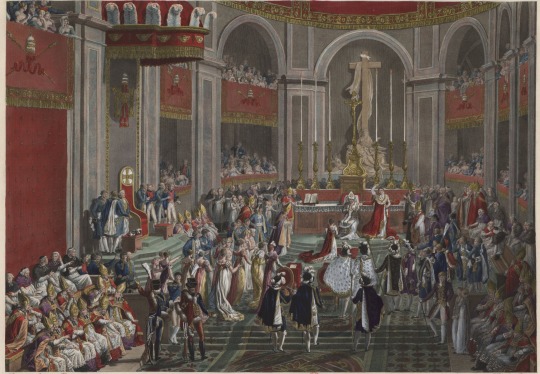
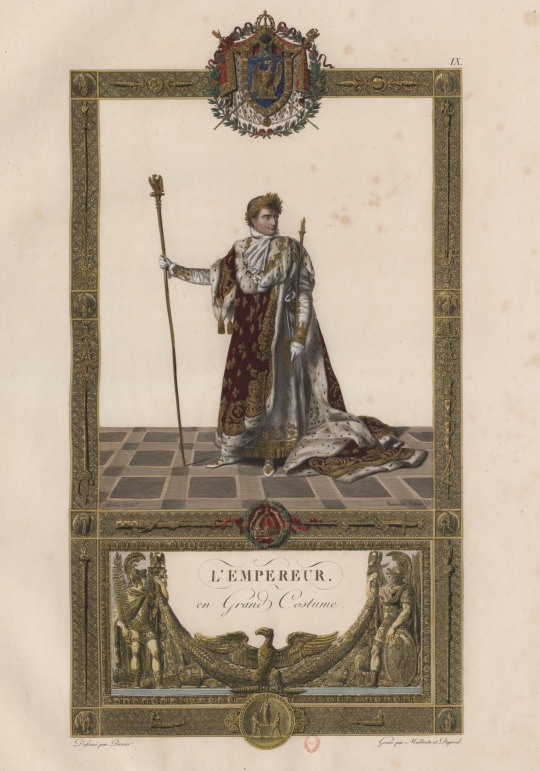

Source: Le sacre de S. M. l'Empereur Napoléon dans l'église métropolitaine de Paris, le XI frimaire an XIII dimanche 2 décembre 1804 (Gallica)
#Napoleon#napoleon bonaparte#napoleonic era#napoleonic#first french empire#19th century#french empire#france#coronation#history#french history#art#vintage#vintage book#books#emperor#Pope Pius VII#Pius VII#notre dame#notre-dame de Paris#notre dame de Paris#notre-dame#1800s#church#basilica#pope#sacre#Napoleon’s coronation
56 notes
·
View notes